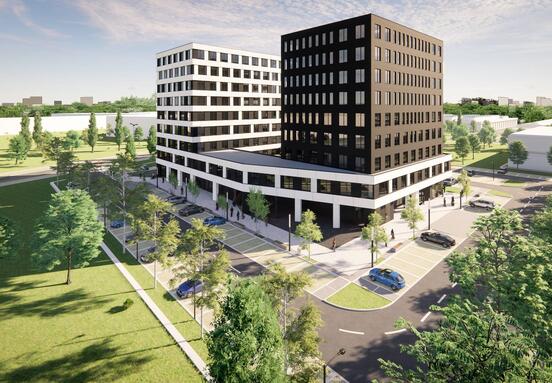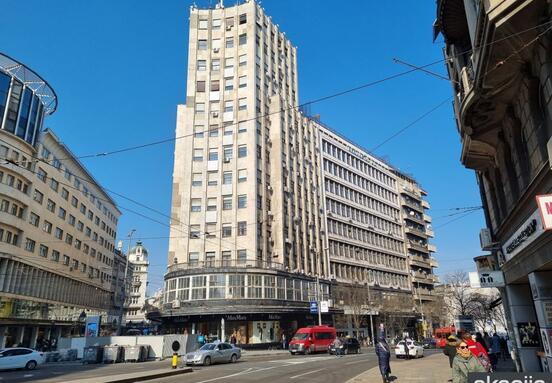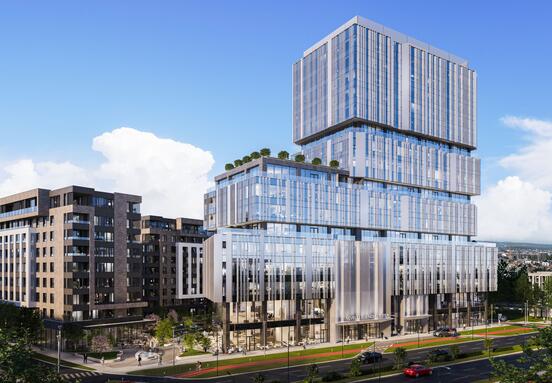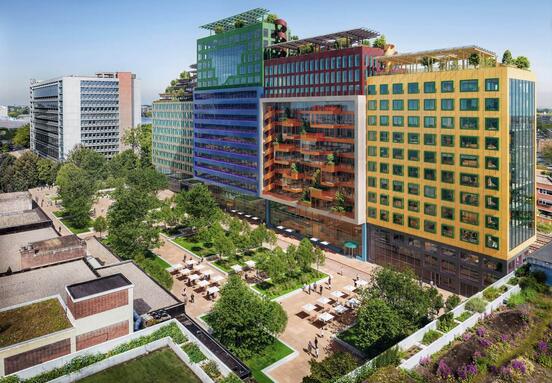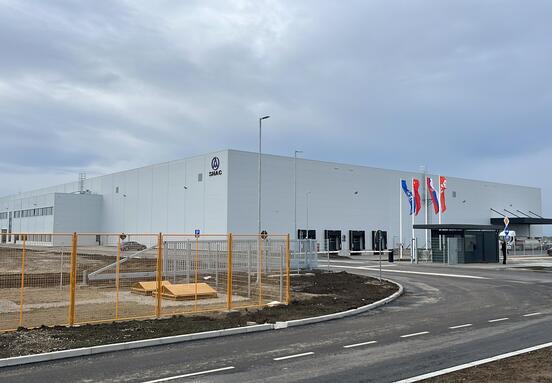New construction in Belgrade and Novi Sad is about 14 percent more expensive than last year, and in some parts of Nis, the square has jumped by more than 40 percent. In the last five years, the weighted average interest rate on newly approved housing loans (dinar-indexed loans in foreign currencies and foreign currency loans) has decreased by 0.97 percentage points. Namely, it amounted to 3.47% in June 2016, while in June this year it was at the level of 2.50%. Developments in the domestic real estate market are part of a broader trend. The average price growth in the 40 OECD member states was 9.4% this year, which is the strongest growth in the last 30 years. Erste Group's research shows that housing prices have risen more than wages in the entire Central Eastern Europe (CEE) region from 2010 to 2020, and as there are no changes on the supply and demand side - such a trend could continue.
From 2010 to the first quarter of 2021, housing prices in the EU rose by an average of 30.9% and rents by 15.3%. In Hungary, apartments have risen in price by almost 100%, in the Czech Republic and Slovakia by over 50%, while the lowest price growth is in Slovenia, Croatia (both a little over 20%) and Romania (only 10%). There are several reasons for this trend - from unbalanced supply and demand to favorable loans with record low interest rates. We should also take into account the accumulated savings of citizens in the last year and the growing need for housing due to the need to work from home. One of the factors is the long process of obtaining a building permit, which reduces the offer. However, unlike Slovakia, where this process lasts the longest in the region, as much as 300 days, and Romania and Slovenia (about 250 days), in Serbia this process is shorter than 100 days, which makes us closer to Great Britain (86 days).
Despite the rapid rise in housing prices, the risk of a cycle of rising and falling real estate prices in CEE has been significantly reduced, and the banking sector in the region is in good and stable condition, thus contributing to financial stability.
When it comes to housing, one of the most current issues at the moment, in addition to the mentioned price increase, refers to green policies. Currently, 75% of all buildings in the EU are not energy efficient - they consume 40% of total electricity consumption and emit 36% of greenhouse gases. To achieve the goal of net reduction of emissions by 55% by 2030, it is necessary to double the rate of energy renovation of private and public buildings, primarily by decarbonization of heating and cooling systems, which are responsible for about 80 energy consumption. It is estimated that this will require 275 billion euros of investment annually in renovation projects.
An obstacle on this path may be the lack of attractive financial incentives for the implementation of such projects, and in addition, the understanding of potential benefits remains low. In this regard, educational campaigns and the provision of various financial products such as green loans, mortgages and tax breaks will be crucial to increasing the renovation rate across the EU over the next decade.
Source: seebiz

